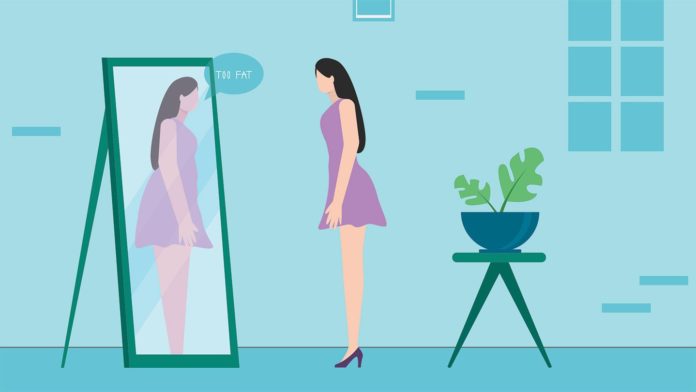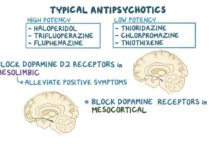Anorexia nervosa, or anorexia for short, is an eating disorder that involves severe food restriction.
People with this disorder have an intense fear of gaining weight. They’re willing to use unhealthy and extreme measures to control their calorie intake.
Sometimes people with anorexia will also exercise compulsively, vomit after eating, use laxatives, take medicine, or binge eat.
Causes and Risk Factors of Anorexia
Anyone can have anorexia, but the disorder is more common among girls and women than boys and men.
Girls typically develop anorexia around age 16 or 17. Teenage girls and women in their early twenties have the highest risk.
- Having a close family member with an eating disorder
- Dieting
- Going through a life change (such as starting a new job or the death of a loved one)
- Biological factors Some people may have genetic changes that put them at risk for anorexia.
- Psychological factors Anorexia is linked to obsessive-compulsive personality traits and anxiety. People with these psychological conditions may have a higher risk of developing anorexia.
- Environmental factors Social experiences and cultural expectations may play a role in anorexia.
Anorexia vs. Other Eating Disorders
Anorexia is different from other eating disorders, such as bulimia and binge eating disorder, even though they share some symptoms.
The key difference is people with anorexia don't eat enough, while those with bulimia and binge eating disorders have episodes of eating large amounts of food and then trying to get rid of the calories.
If you have anorexia, you're usually underweight. People with bulimia may be normal or above-normal weight.
Duration of Anorexia
Medication Options
Alternative and Complementary Therapies
- Meditation
- Yoga
- Acupuncture
- Massage
Prevention of Anorexia
Because a variety of physical, emotional, and social issues lead to eating disorders, all of these areas need to be addressed in order to help prevent disorders from developing, notes the National Eating Disorders Association.
Anorexia and Pregnancy
Anorexia can make it harder for you to get pregnant and may cause problems during pregnancy.
If you lose an extreme amount of weight, you might not ovulate (release an egg from the ovary) each month, which makes it difficult to conceive.
Anorexia can also raise your risk of having a:
- Miscarriage
- Premature birth
- C-section delivery
- Low-birth-weight baby
Black Americans and Anorexia
Though it’s often portrayed as a problem that impacts young, white women, anorexia can affect people of all races, ages, ethnicities, and demographics.
Resources We Love
National Eating Disorders Association (NEDA)
NEDA is the largest nonprofit organization dedicated to supporting individuals and families affected by eating disorders, including anorexia.
Eating Disorder Hope
Eating Disorder Hope offers a host of resources, including online support groups that are led by professional counselors.
National Association of Anorexia Nervosa and Related Disorders (ANAD)
This association seeks to offer support to help improve the problems associated with eating disorders, especially anorexia and bulimia.
Alliance for Eating Disorders Awareness
This nonprofit provides programs to promote education, outreach, and advocacy for people who are affected by eating disorders.
Learn More About Additional Resources and Support for Anorexia
Editorial Sources and Fact-Checking
- Anorexia Nervosa. National Eating Disorders Association.
- Anorexia Nervosa: Symptoms and Causes. Mayo Clinic. February 20, 2018.
- Anorexia Nervosa. U.S. Department of Health and Human Services Office on Women’s Health. August 2018.
- Eating Disorder Statistics. National Association of Anorexia Nervosa and Associated Disorders.
- Anorexia Nervosa: Outlook/Prognosis. Cleveland Clinic. June 27, 2019.
- Leigh, S. Many Patients With Anorexia Nervosa Get Better, but Complete Recovery Elusive to Most. UCSF. November 19, 2019.
- Zipfel S, Löwe B, et al. Long-Term Prognosis in Anorexia Nervosa: Lessons From a 21-Year Follow-Up Study. The Lancet. February 2000.
- Anorexia Nervosa: Diagnosis and Treatment. Mayo Clinic. February 20, 2018.
- Eating Disorders. Mayo Clinic. February 22, 2018.
- Prevention. National Eating Disorders Association.
- Health Consequences. National Eating Disorders Association.
- Prevalence of Eating Disorders in Adults. National Institute of Mental Health. November 2017.













































